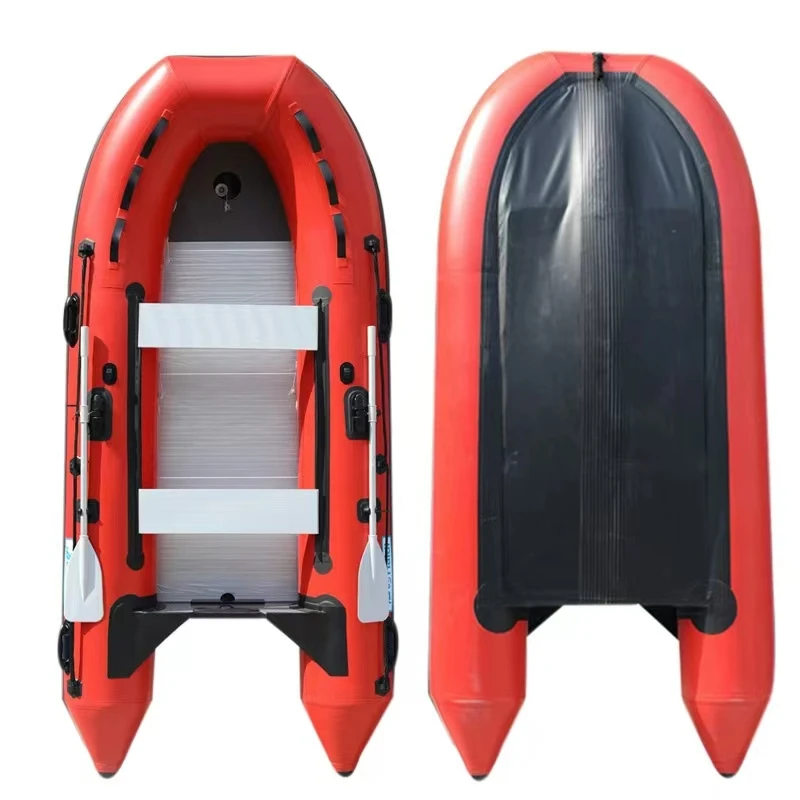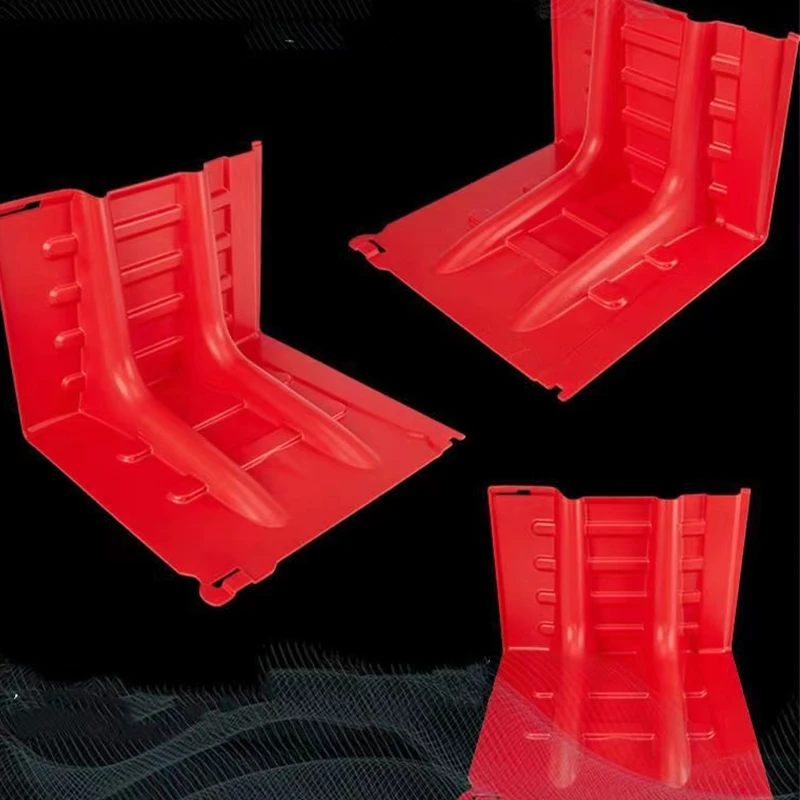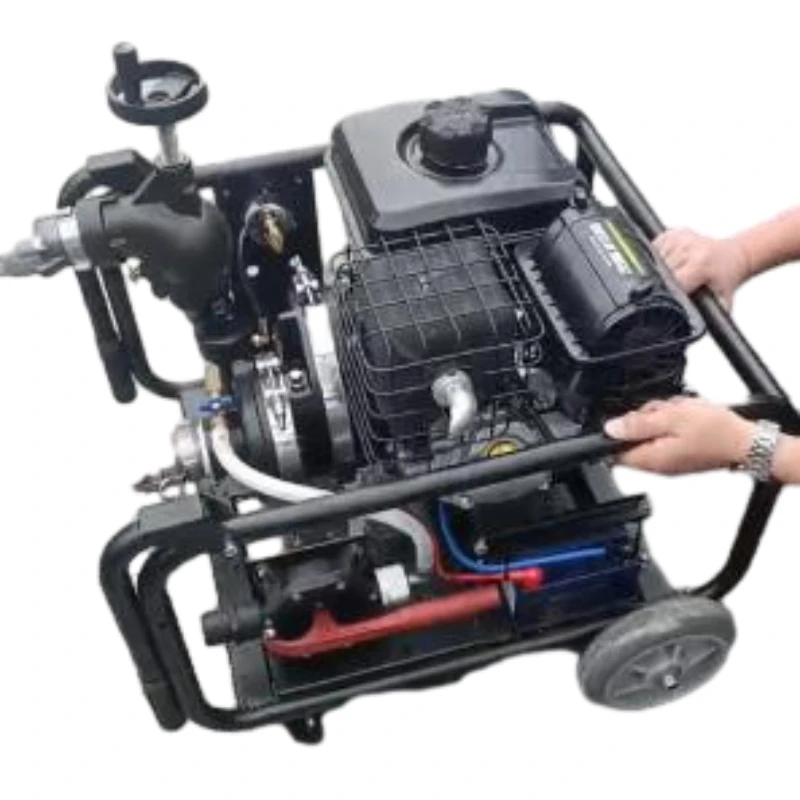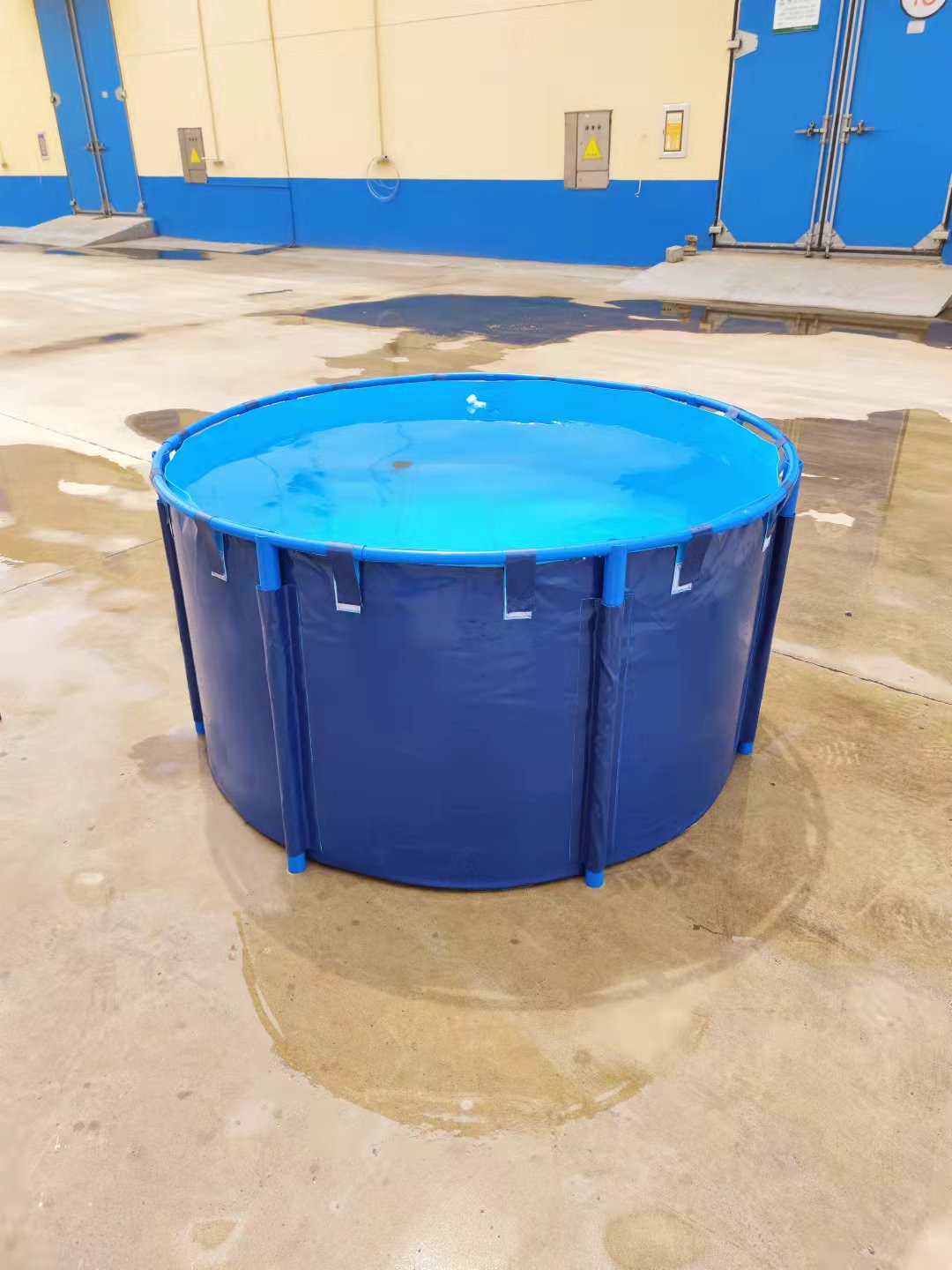Field Notes on the Fire Motorcycle: fast response where trucks can’t go
I’ve ridden support on wildfire drills and, to be honest, the thing crews ask for most in tight terrain is speed. That’s where the Fire Motorcycle shines: a compact, high-speed unit that carries pressurized water/foam, a reel, and a proper nozzle—designed to punch through alleyways, forest tracks, resort paths, even hillside steps. It’s built by a team out of No.118 Youyi Street, Xinhua Dist., Shijiazhuang City, Hebei Province, China, and it arrived with fewer gimmicks than I expected. In a good way.
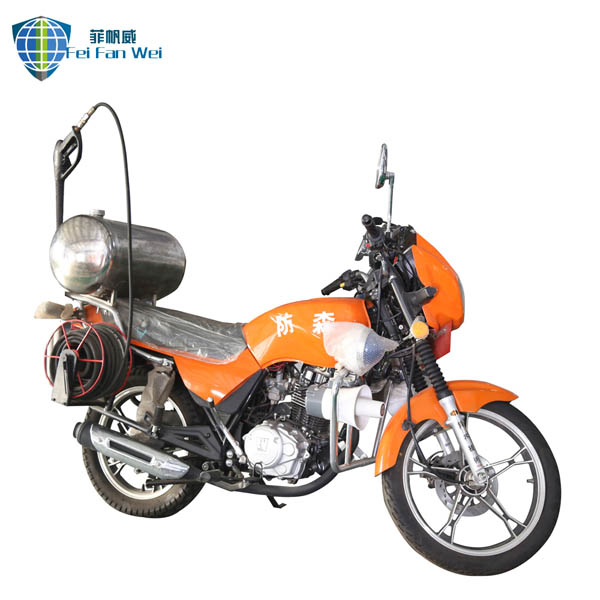
What’s happening in the industry
Urban densification, wildland-urban interface growth, and narrow-lane heritage zones are forcing departments to rethink first-attack tools. Many customers say the Fire Motorcycle cuts first-water time by several minutes versus a traditional engine stuck in traffic. In fact, we’re seeing these units paired with drones for lookout, and micro depots near parks, campuses, and oil depot perimeters.
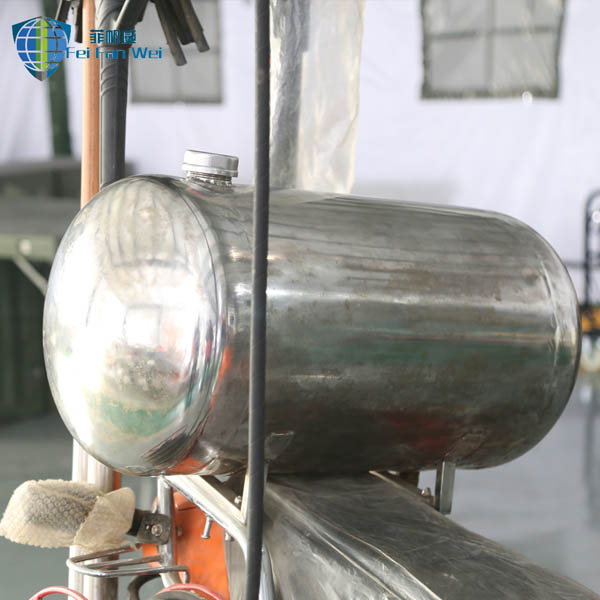
Product snapshot (specs most teams ask first)
| Chassis | Dual-sport 400–650 cc, EFI, ABS (market-dependent) |
| Water tank | ≈ 50–80 L, 6061‑T6 aluminum, internal baffles |
| Foam tank | ≈ 10 L AFFF 3% (optional Class A wetting agent) |
| Pump | High-pressure water mist, 4–7 MPa, 12–25 L/min |
| Hose reel / nozzle | 30 m HP reel; adjustable jet/fog, ≈100–200 μm droplets |
| Top speed / gradeability | ≈ 110 km/h (restricted) / ≥ 30% |
| Runtime | ≈ 35–60 min per tank at typical attack flow; real-world use may vary |
| Weight | ≈ 210 kg dry (config-dependent) |
| Ingress / noise | Pump enclosure IP55; ≤ 85 dB at 7 m |
| Service life | Chassis 8–10 yrs; pump 5–7 yrs with proper PM |
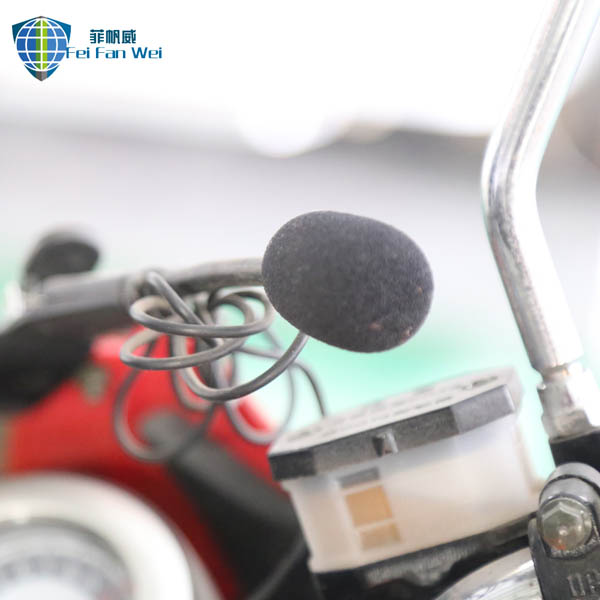
How it’s built and tested
Fire Motorcycle assemblies use high-tensile subframes, TIG-welded 6061‑T6 alloy tanks, fluorocarbon powder coat, and anti-vibration mounts. Process flow: material prep → tank forming/baffling → weld/pressure test (1.5× working pressure) → plumbing and reel install → electrical integration (fused harness, IP-rated connectors) → hydrostatic and leak test → road durability cycles. Testing references include ISO 16750 for environmental stress, EN 3 concepts for extinguisher media validation, and IP55 checks on the pump enclosure.
Field test data from one pilot: 18–22 L/min at 5 MPa achieved on a 12° grade; a 300 m² grassfire was knocked down to black in ≈ 9 minutes using Class A foam assist. Results vary with wind, fuel load, and operator skill—obviously.
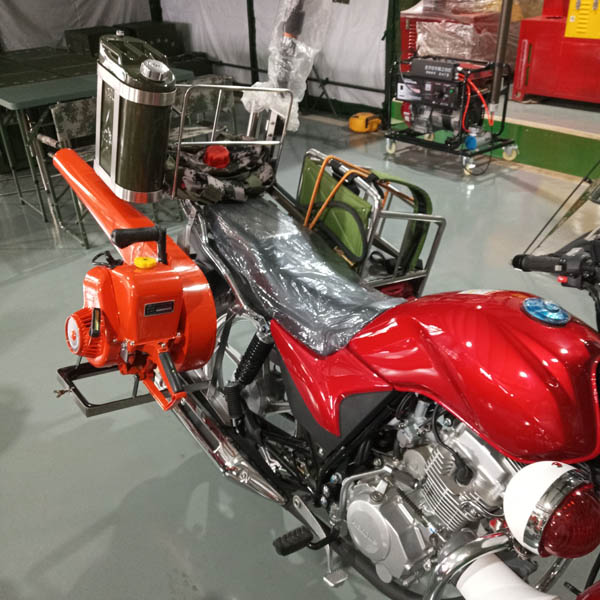
Where it fits
Use the Fire Motorcycle for initial attack in mountain parks, forestry edges, refinery perimeters, airports’ service roads, industrial estates, dense old towns, campuses, and mega-event venues. It’s also a solid patrol unit during red-flag days—fast recon, fast water.
Vendor comparison (indicative)
| Vendor | Flow/Pressure | Tank material | Certs | Lead time | Warranty |
| FFW Fire Motorcycle | 12–25 L/min @ 4–7 MPa | 6061‑T6 aluminum | ISO 9001; CE on pump | ≈ 30–45 days | 18–24 months |
| Brand X | 10–18 L/min @ 3–5 MPa | Stainless steel | ISO 9001 | ≈ 45–60 days | 12 months |
| Budget Y | 8–12 L/min @ 2–3 MPa | Painted steel | Self-declared | ≈ 20–40 days | 6–12 months |
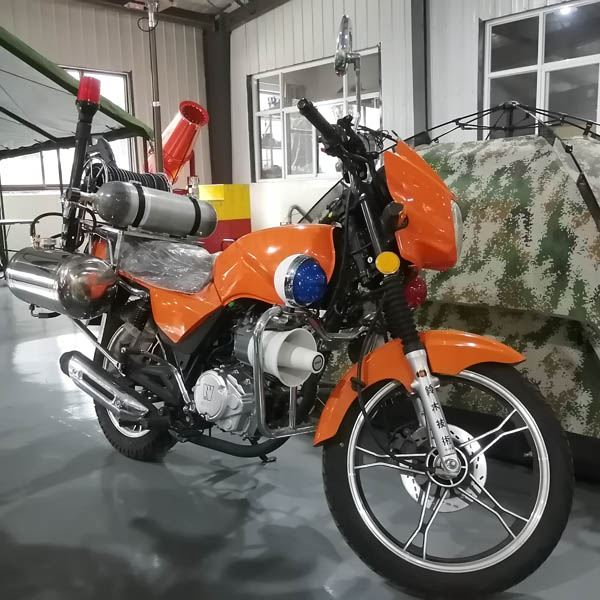
Customization and options
- Class A/B foam proportioner; CAFS-style upgrade (select markets)
- Thermal camera dock, beacon kit, long-throw LED bar
- Dual battery with isolator; radio rack; GPS telemetry
- Winter package: heated grips, low-temp seals, -20 °C hoses
Field stories (short)
Case A — Hill village: Two Fire Motorcycle units reached a kitchen fire via 1.8 m lanes; knockdown achieved pre-arrival of the pumper, limiting damage to one room. Crew noted manageable recoil at 5 MPa with fog pattern.
Case B — Parkland grass: Patrol team used wetting agent at 0.3% to contain a wind-driven edge. Refill from a 400 L utility pickup tank took ≈ 4 minutes via quick-connect.
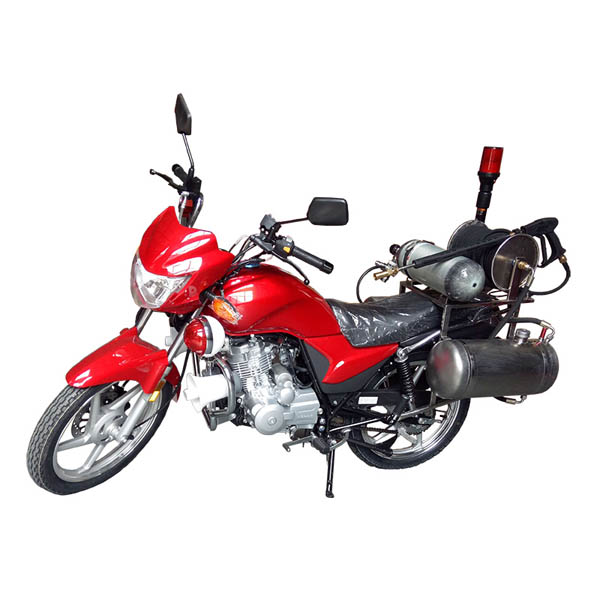
Compliance, safety, and upkeep
Manufacturer quality runs under ISO 9001. Media/agent handling aligns with EN 3 principles; apparatus practices reference NFPA 1901 concepts for equipment retention, while wildland water supply tactics often follow NFPA 1142. EMC can be validated against UNECE R10 for radios/lights. Preventive maintenance is simple: quarterly pressure/flow checks, annual hose replacement in high-UV regions, pump seal kit at year 3–4. It seems that teams adopting the Fire Motorcycle as “first water” reduce small-fire escalation—surprisingly often.
Citations
- NFPA 1142: Water Supplies for Suburban and Rural Firefighting — nfpa.org
- ISO 16750 (Road vehicles — Environmental conditions and testing) — iso.org
- EN 3-7 Portable Fire Extinguishers (Performance requirements) — europeanstreetmarking
- ISO 9001:2015 Quality Management Systems — iso.org
- UNECE Regulation No. 10 (EMC) — unece.org









